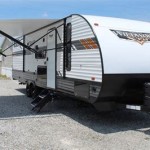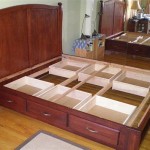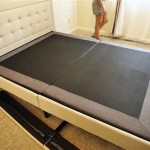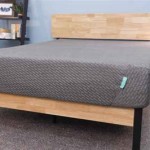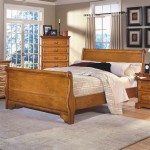Queen Size Bed Divider: Creating Separate Sleep Spaces
Sharing a queen-size bed can be a source of contention for couples with differing sleep preferences. One partner might toss and turn, while the other prefers complete stillness. Temperature preferences can also clash, leading to one partner overheating while the other shivers. A queen size bed divider offers a potential solution to these common sleep disruptions, creating individualized sleep zones within the shared bed.
These dividers come in various forms, each with its own set of advantages and disadvantages. Understanding these variations can help consumers select the best option for their specific needs and preferences. Factors to consider include the divider's material, size, installation method, and overall comfort.
Types of Queen Size Bed Dividers
One common type of bed divider is the inflatable air bladder. These dividers typically consist of a durable, inflatable bladder encased within a soft, washable cover. They are lightweight and easy to inflate and deflate, making them a portable and convenient option for travel or occasional use. However, their inflatable nature may not provide the most rigid separation, potentially allowing some movement to transfer across the bed.
Foam bed dividers offer a more substantial barrier. Typically made from dense, supportive foam, these dividers create a firmer separation between sleep zones. They are often available in various thicknesses and densities, allowing for customization based on individual preferences. Some foam dividers also feature contoured shapes designed to conform to the body and provide additional comfort. However, their solidity can make them less portable than inflatable options.
A third option is the mesh or fabric bed divider. These dividers often feature a frame, sometimes adjustable, with a breathable mesh or fabric stretched across it. This type offers good airflow and can be a suitable choice for those who tend to overheat. They are generally lightweight and easy to install. However, like inflatable dividers, they may not provide the most robust separation.
Key Considerations When Choosing a Divider
The size of the divider is a crucial factor. It should be appropriately sized for a queen bed, ensuring it covers the necessary length and height to create an effective barrier. Measuring the bed's dimensions before purchasing a divider is recommended to ensure compatibility.
Material selection is equally important. Consider factors such as comfort, breathability, and durability. Those sensitive to certain materials should carefully examine the product description to ensure it aligns with their needs. Additionally, the ease of cleaning the divider should be considered, especially for those with allergies or sensitivities.
Installation methods vary depending on the type of divider. Inflatable dividers simply require inflation, while foam dividers are typically placed directly on the mattress. Mesh or fabric dividers might require some assembly or attachment to the bed frame. Consumers should consider the level of effort they are willing to invest in installation.
Benefits of Using a Queen Size Bed Divider
Reduced motion transfer is a primary benefit. For couples where one partner moves frequently during sleep, a divider can significantly reduce disturbances, leading to improved sleep quality for both individuals. This can be particularly beneficial for light sleepers who are easily awakened by movement.
Temperature regulation is another advantage. By creating separate sleep zones, dividers can help couples maintain their preferred sleeping temperatures. This can eliminate disagreements over thermostat settings and contribute to a more comfortable sleep environment for each partner.
Increased personal space, even within a shared bed, can contribute to a sense of independence and relaxation. This can be especially important for individuals who value personal space and find shared sleeping arrangements challenging.
Maintaining a Queen Size Bed Divider
Proper maintenance can extend the lifespan of the bed divider. Regular cleaning, according to the manufacturer's instructions, is essential to maintain hygiene and prevent the buildup of dust mites or allergens. Proper storage, especially for inflatable and fabric dividers, can prevent damage and ensure their longevity.
Inspecting the divider periodically for any signs of wear and tear is also important. Addressing minor damage promptly can prevent it from escalating and requiring premature replacement. Following the manufacturer's care instructions is crucial for ensuring the divider remains in optimal condition.
Ultimately, the decision to use a queen size bed divider is a personal one. Weighing the potential benefits against the various types available and their respective features can help individuals make an informed decision that contributes to a more restful and harmonious sleep experience.

Bed Divider Babies Kids Baby Nursery Furniture Childrens Beds On Carou

Better Quiet Night Sleep Tonight Sleeparate Bed Divider

Want To Put A Partition On My King Size Beds Mattress For Kids

Better Quiet Night Sleep Tonight Sleeparate Bed Divider

Bed Divider Babies Kids Baby Nursery Furniture Childrens Beds On Carou

Bed Divider Furniture Home Living Frames Mattresses On Carou


Bed Divider Pillow

Diy Bed Divider For Jayco Swan Camper Trailer A Big Peachey Adventure

How To Stop Your Bed Being A War Zone Daily Mail
Related Posts
